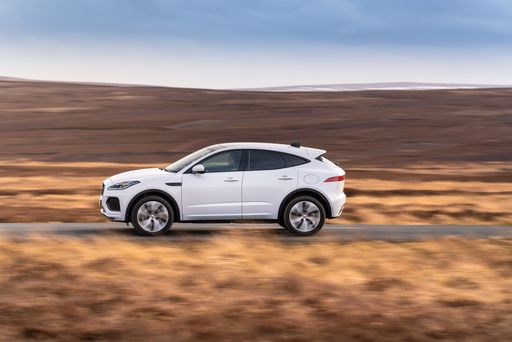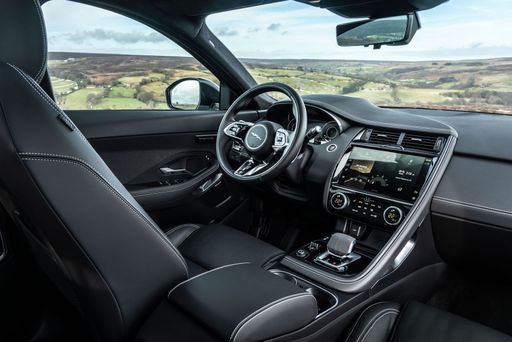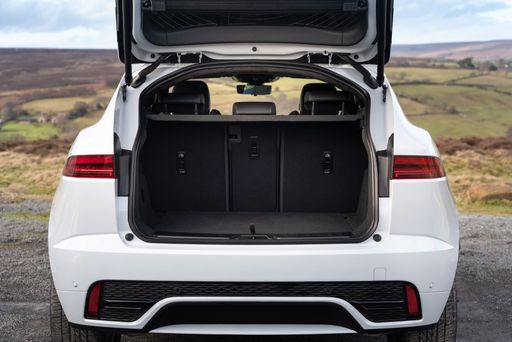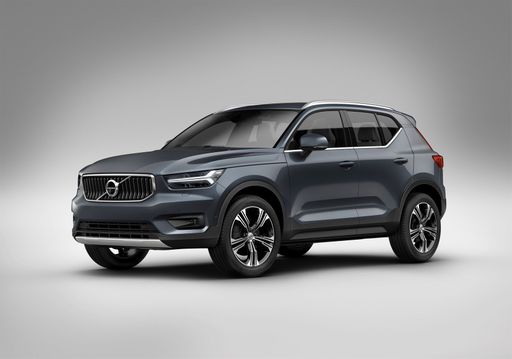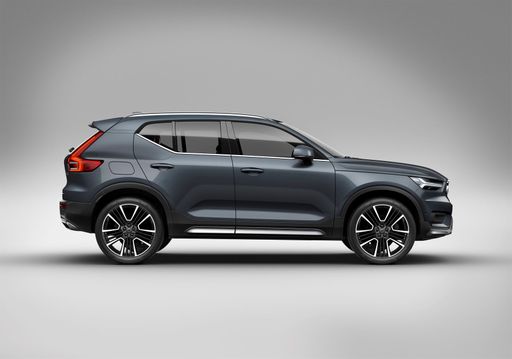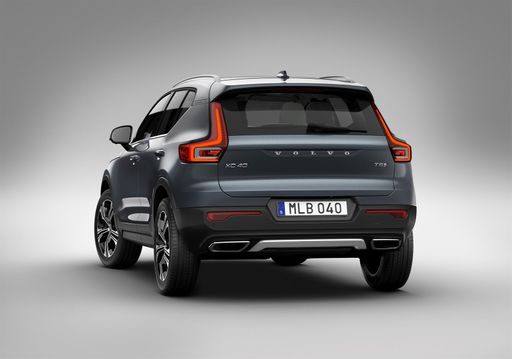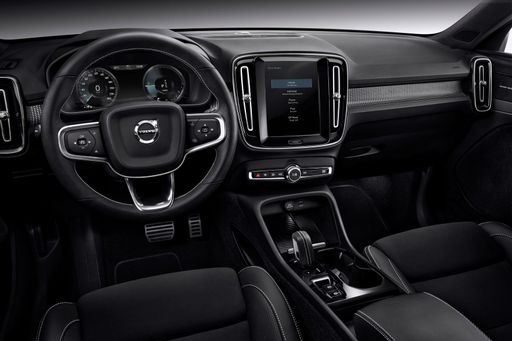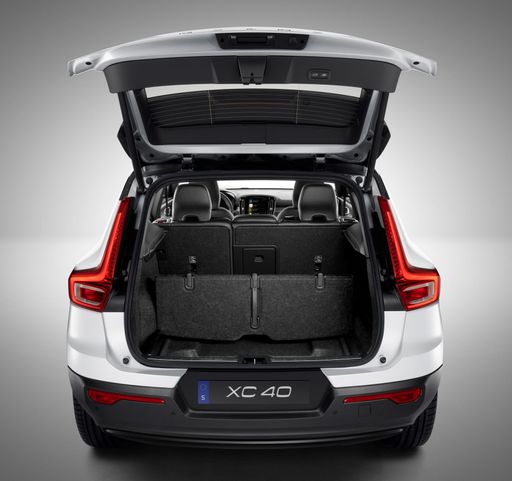Jaguar E-Pace vs Volvo XC40: A Clash of Compact Luxury SUVs
The compact luxury SUV segment has seen intense competition, and two standout contenders are the Jaguar E-Pace and the Volvo XC40. Both vehicles offer a blend of style, technology, and performance, but they cater to different preferences. In this article, we will delve into the technical aspects and innovations of both models to help buyers make an informed choice.



